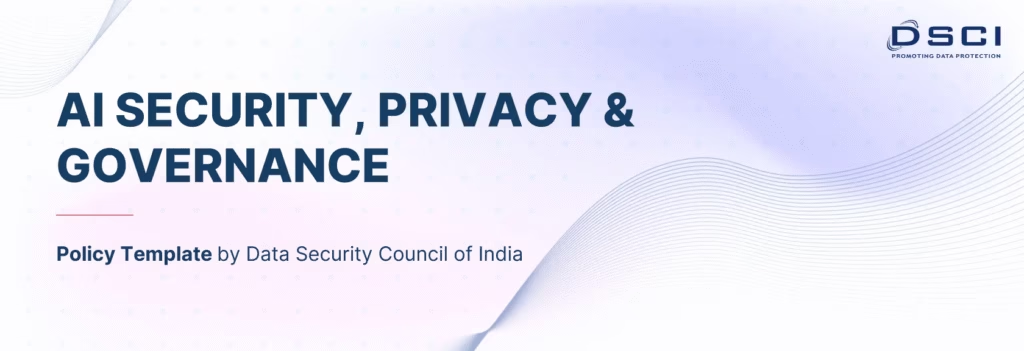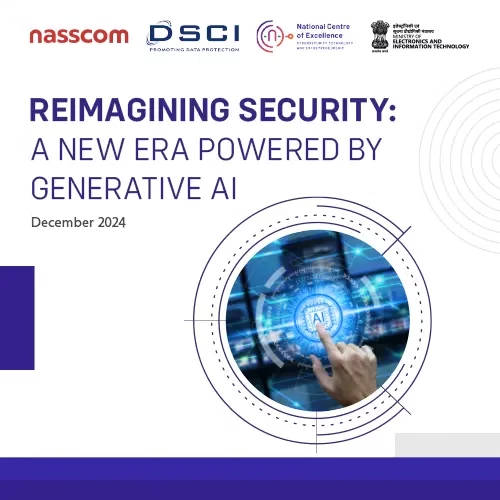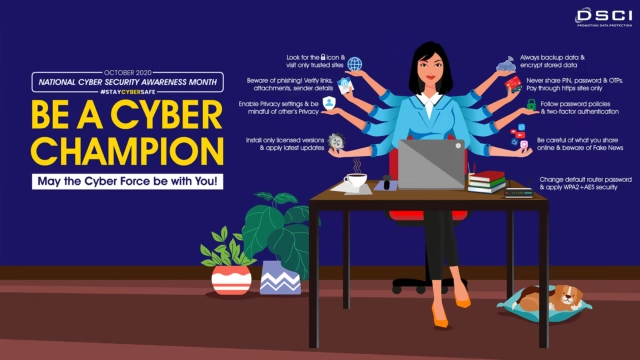In an increasingly digital world, organizations face cyber threats not only from malicious actors but also from within — often due to human error. Despite the best firewalls, intrusion detection systems, and endpoint security tools, an uninformed or careless employee can still be the weakest link in the security chain. That’s where a strong cyber security awareness program becomes vital.
Today, data breaches, phishing attacks, and social engineering tactics are on the rise. No matter the size or industry, companies must ensure that their workforce is equipped with the knowledge and tools to recognize and respond to cyber threats. A well-designed cyber awareness program is not a one-off training session but an ongoing initiative that fosters a culture of security across the organization.
This article explores the best practices to develop and implement cyber security awareness programs that work, ensuring long-term impact and behavioural change.
Why Cyber Awareness Matters More Than Ever

According to global cybersecurity reports, over 90% of cyber incidents are the result of human error. From clicking on malicious links to using weak passwords or falling for social engineering scams, employees often unintentionally open the door to attackers.
The traditional approach of delivering lengthy security lectures or once-a-year policy reviews has proven ineffective. In contrast, an engaging and consistent cyber security awareness program can:
- Educate employees about evolving threats
- Promote a proactive security mindset
- Reduce the risk of data breaches
- Ensure compliance with regulatory requirements
- Strengthen overall organizational resilience
The key lies in designing a program that resonates with people and transforms behavior, not just knowledge.
Core Elements of an Effective Cyber Security Awareness Program
To ensure your cyber awareness program leads to measurable results, it must go beyond check-the-box compliance and incorporate the following elements:
Leadership Buy-In and Alignment
Leadership plays a crucial role in driving the importance of cybersecurity across departments. When executives actively support the cyber security awareness program, employees are more likely to engage with it seriously. Cybersecurity should be communicated as a business priority — not just an IT responsibility.
Tailored Content for Different Roles
Not all employees face the same level of cyber risk. For instance, finance teams may be targeted with business email compromise scams, while IT staff may face sophisticated spear-phishing attempts. Effective programs segment users and deliver role-specific content.
Customized training ensures relevance, which in turn boosts engagement and retention.
Use of Real-World Scenarios
Employees often don’t relate to abstract threats. Real-life examples — such as recent phishing attacks, data leaks, or ransomware incidents — can make the dangers more tangible. Simulated phishing campaigns and mock breaches are powerful tools that allow users to experience and learn from realistic scenarios without real-world consequences.
Interactive and Engaging Training Methods
Gone are the days of passive PowerPoint sessions. Modern cyber security awareness programs use interactive modules, videos, gamified challenges, quizzes, and bite-sized lessons. These formats enhance participation and encourage active learning.
Gamification — such as awarding points or badges for completed modules — can also create healthy competition and motivation among teams.
Continuous Learning, Not One-Time Events
Security threats evolve rapidly, and so should your training. Awareness should be embedded into the organizational culture through monthly newsletters, periodic refresher modules, updated threat alerts, and ongoing communication campaigns.
Repetition is key to behavior change. A once-a-year training session is insufficient to keep security top of mind.
Clear Communication Channels
Employees should know how and where to report suspicious activities. A dedicated cybersecurity email or internal hotline can simplify the process. Make sure that reporting incidents is easy, non-punitive, and encouraged.
Organizations must emphasize that no question or concern is too small when it comes to data security.
Metrics and Measurement
A good cyber awareness program is data-driven. Organizations should monitor metrics such as:
- Phishing simulation failure rates
- Quiz scores and completion rates
- Incident reporting frequency
- Employee feedback on training quality
These insights can help refine content, identify knowledge gaps, and demonstrate ROI to leadership.
Integration with Company Culture

Security awareness should be more than a program; it should be part of your organization’s DNA. This can be achieved by integrating cybersecurity messages into company events, onboarding processes, and team communications.
Celebrate “Cybersecurity Awareness Month,” recognize champions, and make security a positive, shared responsibility.
Common Mistakes to Avoid
While many organizations understand the need for a cyber security awareness program, several common mistakes can hinder its effectiveness:
- Treating training as a compliance checkbox: The goal should be to influence behavior, not just meet regulatory requirements.
- Lack of frequency: Annual training is quickly forgotten. Cybersecurity requires regular reinforcement.
- Using overly technical jargon: Keep it simple. The average employee doesn’t need to understand protocols — just the risks and safe practices.
- Failure to evolve: Threats change, and so must your program. Review and update content frequently.
- Ignoring feedback: Regularly collect employee feedback to improve content and delivery.
By avoiding these pitfalls, organizations can make their cyber awareness programs more effective and sustainable.
The Role of Technology in Enhancing Awareness
Digital tools can play a big role in scaling and personalizing awareness efforts. Some useful technologies include:
- Learning Management Systems (LMS) to track progress and manage training delivery
- AI-powered platforms that adapt content based on individual learning patterns
- Simulated phishing tools to test employee responses to realistic email attacks
- Mobile-friendly modules for flexible, on-the-go learning
Additionally, using data analytics can help identify high-risk departments or users who may need additional training.
Cyber Awareness for Remote and Hybrid Workforces

With the rise of remote and hybrid work models, the traditional office perimeter has vanished. Employees now access company systems from home networks and personal devices, which introduces new vulnerabilities.
A strong cyber security awareness program must address topics like:
- Secure use of Wi-Fi and VPNs
- Recognizing social engineering in digital communication
- Safe cloud collaboration practices
- Secure password hygiene and 2FA
- Device encryption and remote wipe capabilities
Training must evolve to meet the realities of today’s decentralized workplace.
Conclusion
An effective cyber security awareness program is no longer a luxury; it’s a necessity. With cyber threats growing in sophistication and frequency, educating your workforce is one of the most impactful investments you can make in organizational security.
By adopting best practices such as leadership involvement, role-based training, engaging content, ongoing learning, and clear communication, businesses can build a culture where security is everyone’s responsibility. A proactive, people-centric approach to cyber awareness not only reduces risk but also builds employee confidence and trust.
One of the key organizations playing a vital role in promoting cybersecurity education and awareness in India is the Data Security Council of India (DSCI). Through its initiatives, partnerships, and advocacy efforts, DSCI helps organizations across sectors build effective cyber awareness programs and foster a secure digital ecosystem. Their commitment to enhancing cyber resilience has positioned them as a trusted leader in India’s cybersecurity landscape.
As we move deeper into the digital age, cybersecurity awareness must become a continuous journey — not a destination. The organizations that recognize this will be better prepared to defend against tomorrow’s threats, today.







